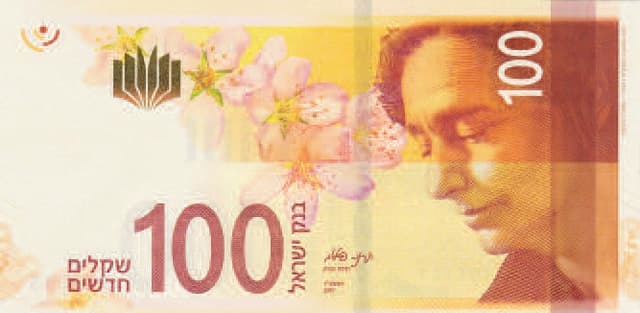I grew up listening to Israeli singer Shlomo Artzi in the car with my dad on the way to kindergarten. I only recently realized that all the songs I listened to as a young child were related to an emotion whose onset only occurs later in life: nostalgia.
Artzi’s use of nostalgia is not the same as the complex emotion of going to a beautiful abandoned synagogue or the rush of yearning for the old country one feels while listening to klezmer music. Rather, it is a pure, unadulterated desire for simpler times—hugs of loved ones, the laughter filled adventures of our childhood, the blossom of young love.
Artzi sings about personal nostalgia in two of his most acclaimed songs. HaAhava HaYeshana is nostalgia for “the old love.”The song details how his wife is back in her wedding dress, but he is stuck in the ‘suit of life.’ He is stuck in the passing of his life as he grows older, while his wife remains the woman she always has been. He yearns for the old love to come back to him but to no avail.
Artzi’s second most popular song Nof Hayaldut was my favourite as a child. It speaks of the ‘Garden of Eden of youth’ which he left behind as he aged. When Artzi was younger he was a part of this blossoming garden, but now he is merely a guest. As a child, the song gave me a sense of joy. It reminded me to cherish being young while I could.
Artzi was not alone in his use of nostalgia in his songwriting. Kamah Tov She’bata HaBayta, written by Arik Einstein with fellow Israeli singer Shalom Hanoch, may be the simplest in message: the joys of coming home. Einstein was a master of delivering these pure ideas. His Ani ve Atah captured the idealism of Tikkun Olam in a simple song. Another classic of his, Uf Gozal, metaphorically speaks about a mother bird sending her young chicks into the world.
Kamah Tov encapsulates the Jewish longing to return home. But this home is not a place; it is a person. When listening to it, I always imagine a father telling his son, “how good is it that you have come home!” The song has regained popularity in Israel recently, and I have a newfound appreciation for it since moving away from my parents. Maybe my dad, as a young father in a new country, connected to the lyrics in a different way as he played it to me in the car.
Kamah Tov aligns with the idea of nostalgia and yearning found in Artzi’s songs. Therefore, when performing a concert with Hanoch it was the perfect addition to the set list. This version quickly became my dad’s favourite recording. Nof Hayaldut, Ha’Ahava HaYeshana and Kamah Shetov form a trio of nostalgia: longing for our younger selves, aching for a past love, and the desire for our homes.
Kamah Tov still timelessly evokes the Jewish feelings of returning to one’s parents from afar or after long periods of time. It's worth diving into his lyrics:
כמה טוב שבאת הבית
כמה טוב לראות אותך שוב
ספר מה נשמע, ספר
ספר איך היה
למה לא שלחת גלויה
...
How great it is that you have come home!
How good is it to see you again
Tell me how you’re doing
Tell me how it was
Why did you not send a postcard?
…
כמה טוב שבאת הביתה
קצת רזה אך מה זה חשוב
עשית חיים, עשית דברים
ראית קצת צבעים אחרים
הכל פה נשאר אותו הדבר
אתה עכשיו יותר מבוגר
כן, יותר מבוגר
...
How great it is that you have come home!
A little skinny, but what does it matter
You experienced life, you did things
You saw a bit of different colours
...
Everything here stayed the same
You are now more mature
Yes, more mature.
Powered by Froala Editor






-Jl38Fd3fjvmKTcbMkfJgwrBpZhlTXq.png&w=640&q=75)